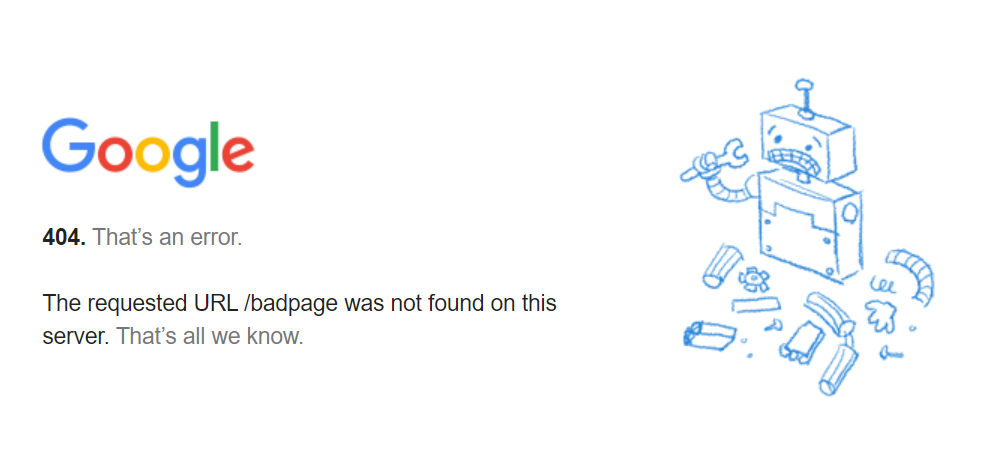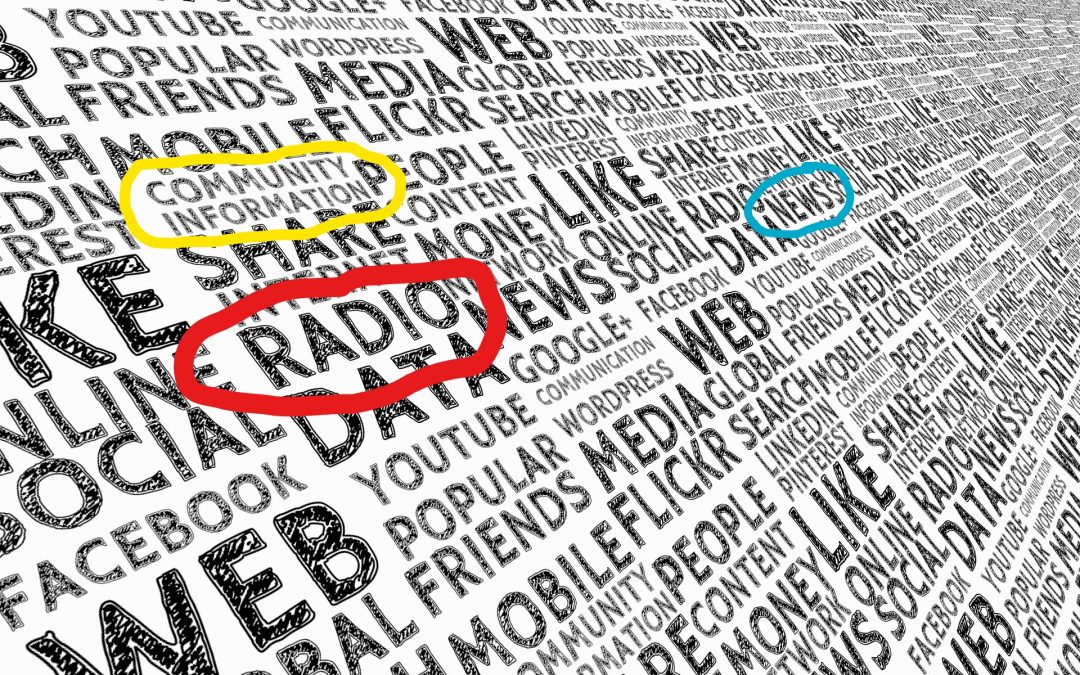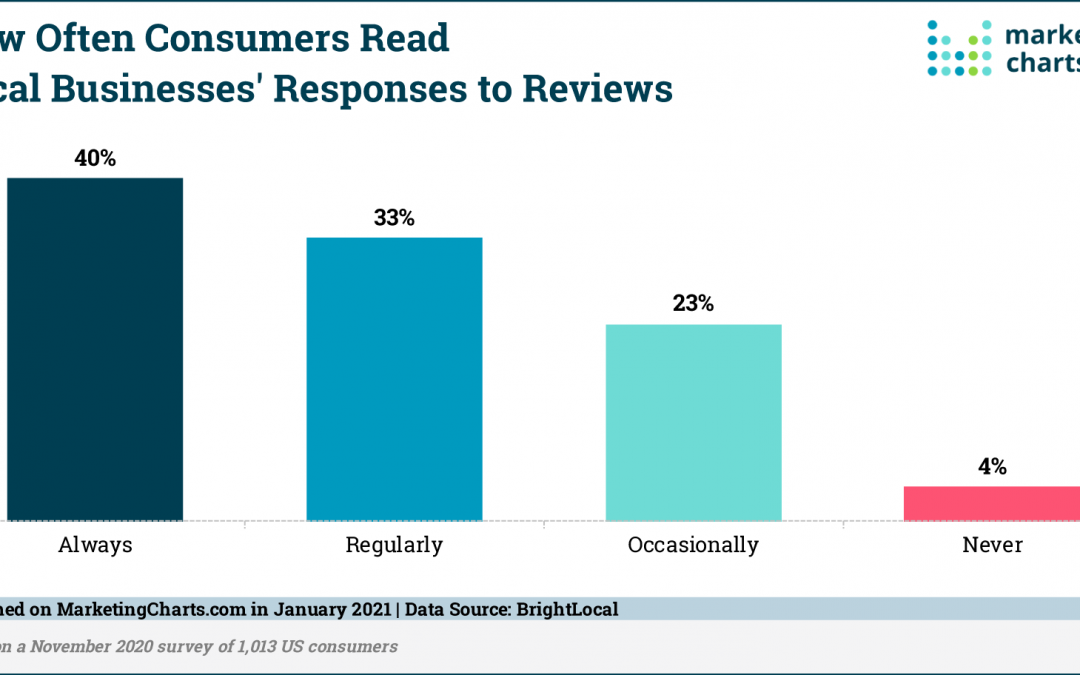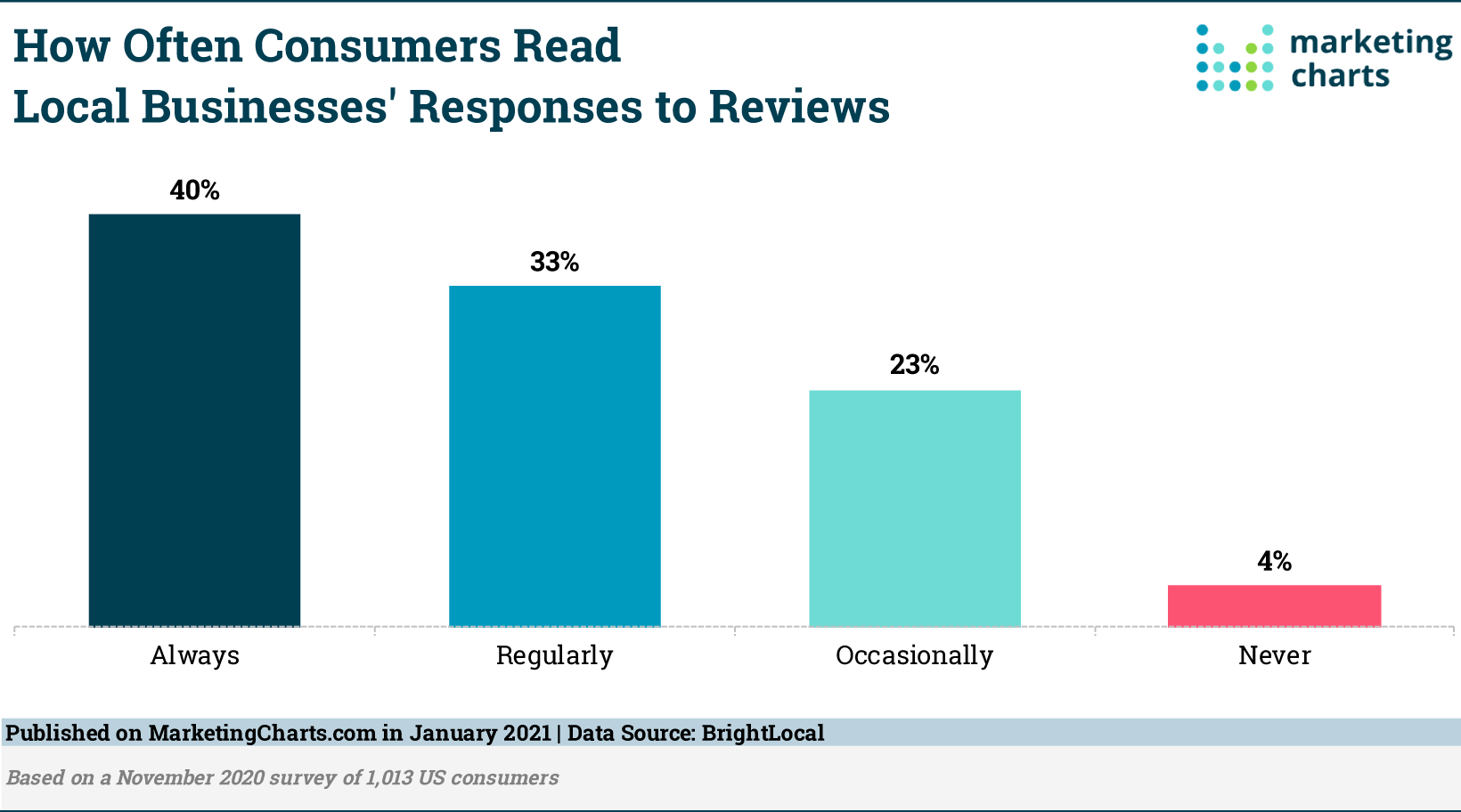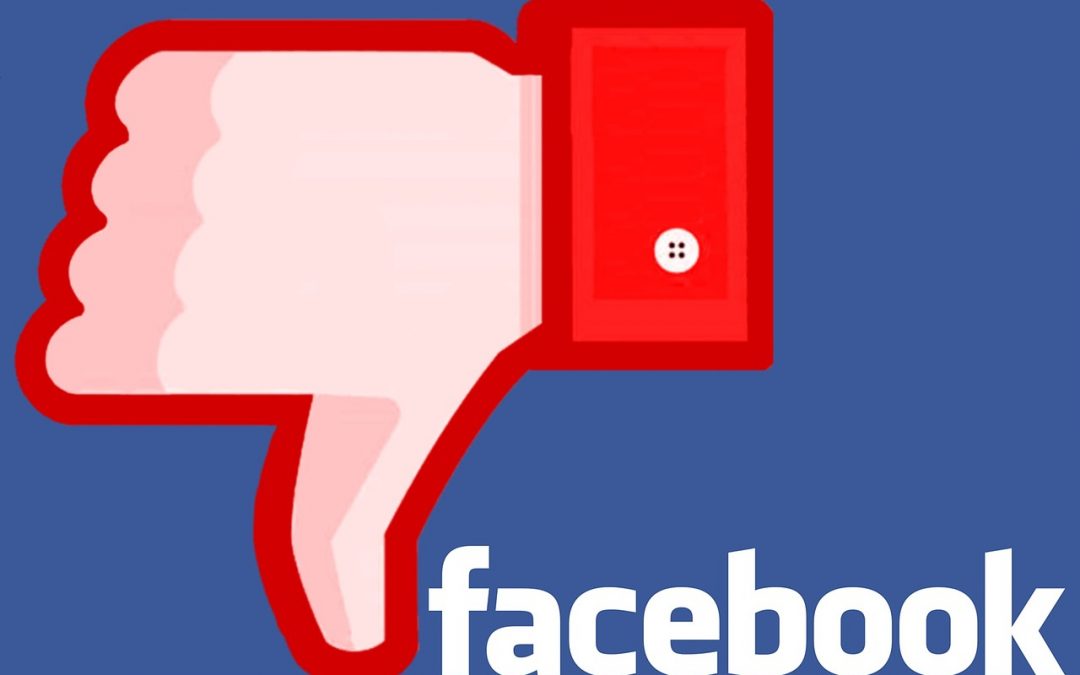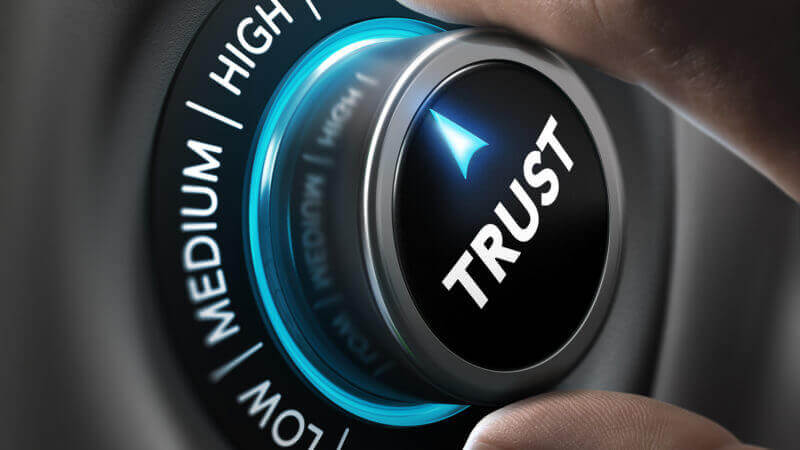
More Powerful Than Digital Advertising
Over the past couple of decades, the biggest growth in advertising expenditures has been digital. I’m talking about nearly anything online, from websites, to apps, to Google ads, Social Media Ads, all of it together has consistently seen growth in the double digits, percentage wise.
This is a good thing, by the way. Technology is always evolving and automating tasks… that help us be more productive. Our company just upgraded our CRM system this year from an older, non-intuitive software system to one that was designed specifically for our business.
As we learn to use and trust new tech, we might think that it can replace nearly everything that people used to do.
However, you and I are still people and we still use Human Relationship Principles in our daily lives.
Sure, I mostly trust my digital tech to pay bills and order a pizza, but when it comes to picking a dentist, I want another human being’s input, not just a techy.
The Trust Factor.
It is one of the most important elements of being human.
A recently released study from MarketingCharts.com says that Word Of Mouth Beats Websites, and they also list a few other ways to spread the word.
Word of Mouth has nearly DOUBLE the Trust Factor over branded websites.
Word of Mouth more than DOUBLE’s the Trust Factor on online consumer reviews.
What if there was a way to take the power of Word of Mouth and make it spread faster than just me telling my friend one at a time?
There is.
I’m referring to something I’ve referred to as “Word of Mouth with a Bigger Mouth” It’s my radio station. WOWO, nearly 100 years old and the most powerful Word of Mouth vehicle in Northeast Indiana.
With over 30 radio stations, WOWO is the biggest Talk Radio Station with over 100,000 weekly listeners.
A news/talk format with local hosts and newscasters is a trust machine. Thousands tune in every morning to WOWO for news, weather, sports and current events. Our two local hosts, Pat Miller in the afternoon and Kayla Blakeslee in the morning do the ultimate Word of Mouth endorsement for a select few advertising partners on WOWO and the results speak for themselves.
We actually have a waiting list of businesses that would like to have Kayla or Pat’s endorsement because they will only endorse one business per business category.
This Word Of Mouth with a Bigger Mouth on WOWO reaches tens of thousands of consumers each day. If you are in the WOWO-land listening area and want to know more, contact me. Scott@WOWO.com

